After nine months, the Nimitz-class aircraft carrier USS Theodore Roosevelt (CVN 71), returned to its homeport in Coronado on Oct. 15.
The aircraft carrier is the flagship of the Theodore Roosevelt Carrier Strike Group (TRCSG), which during its deployment conducted operations in the Indo-Pacific before being ordered to the U.S. Central Command area of responsibility to strengthen U.S. military force posture and capabilities throughout the Middle East in light of escalating regional tensions.
“The strike group’s ability to quickly adjust from operations in 7th Fleet to 5th Fleet is a testament to both the flexibility of our naval forces as well as the strength and training of our Navy sailors,” said Commander, Carrier Strike Group 9, Rear Adm. Christopher Alexander in a statement. “We had the distinct honor to strengthen our skills and relationships with 10 allied and partner nations, demonstrating our nation’s commitment to the freedom of navigation.”
TRCSG deployed to the Indo-Pacific region to support regional security and stability, keep sea lanes open, and to reassure our allies and partners of the U.S. Navy’s commitment to the region. It then moved to the Middle East.
TRCSG is a multiplatform team of ships, aircraft, and more than 6,000 sailors, capable of carrying out a wide variety of missions around the globe. Deploying units of the strike group include Theodore Roosevelt, Destroyer Squadron (DESRON) 23, Carrier Air Wing (CVW) 11, and the Ticonderoga-class guided-missile cruiser USS Lake Erie (CG 70). While the Arleigh Burke-class guided-missile destroyers USS Russell (DDG 59), USS Halsey (DDG 97) and USS Daniel Inouye (DDG 118) also returned to their respective home ports, Lake Erie and Arleigh Burke-class guided-missile destroyer USS John S. McCain (DDG 56) remain deployed in the 7th Fleet area of operations supporting global maritime security operations.
The TRCSG strengthened interoperability through dual carrier operations with the Carl Vinson Carrier Strike Group and Abraham Lincoln Carrier Strike Group, participation in exercise Valiant Shield 2024, and numerous bilateral and multilateral maritime exercises in the Philippine and South China seas as well as in the U.S. Central Command area of responsibility.
Notable key leader engagements and visits aboard Theodore Roosevelt included the president of the Republic of Korea, chief of naval operations for the Republic of Korea Navy, lieutenant governor of Guam, U.S. Pacific Fleet commander, U.S. 7th Fleet commander, Republic of Singapore Navy fleet commander, U.S. ambassadors to the Republic of Korea, Singapore, Thailand and Qatar, and senior officers from the armed forces of the Japan Maritime Self-Defense Force, Republic of Korea and Royal Thai Navy, among others.
The deployed sailors from the TRCSG demonstrated their proficiency in enhanced maritime security operations through more than 9,000 sorties including 21,000 flight hours, 28 replenishments-at-sea, and more than 71,000 nautical miles traveled.
Ships of the TRCSG conducted routine port visits to Bahrain, Diego Garcia, Guam, the Republic of Korea, Singapore and Thailand.
“The crew worked incredibly hard and maintained mission focus this entire deployment,” said Capt. Brian Schrum, commanding officer, Theodore Roosevelt. “I am extremely proud of our Sailors and the work accomplished across the world’s oceans to keep our nation safe at home.”
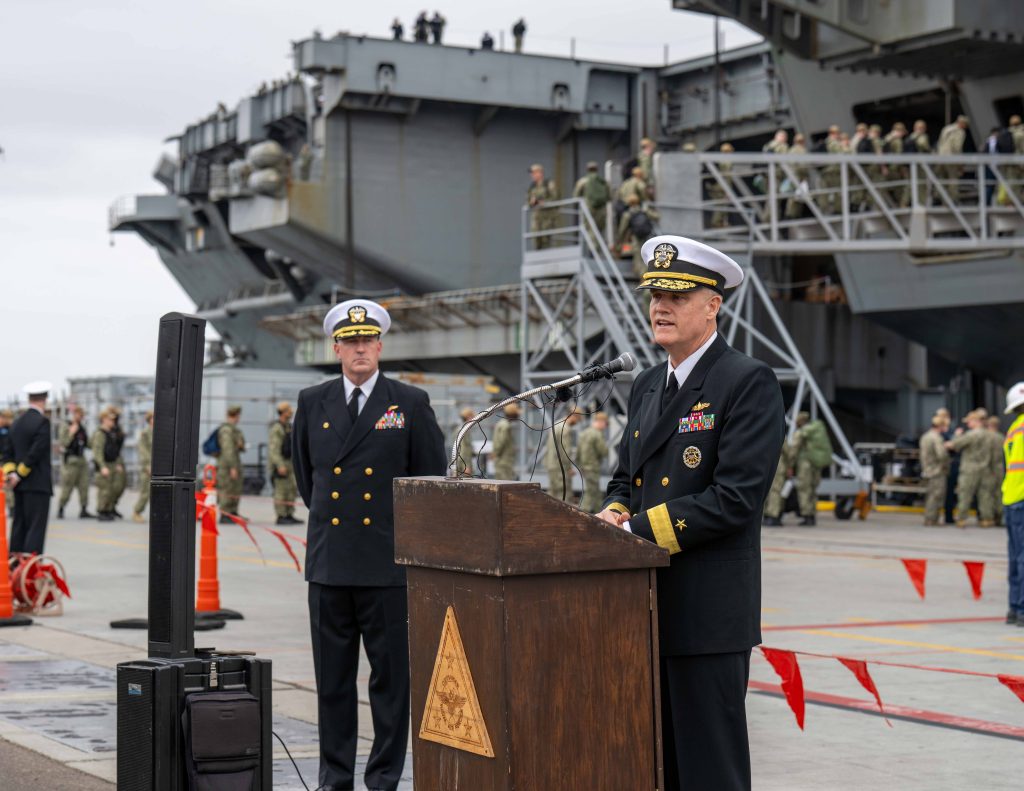
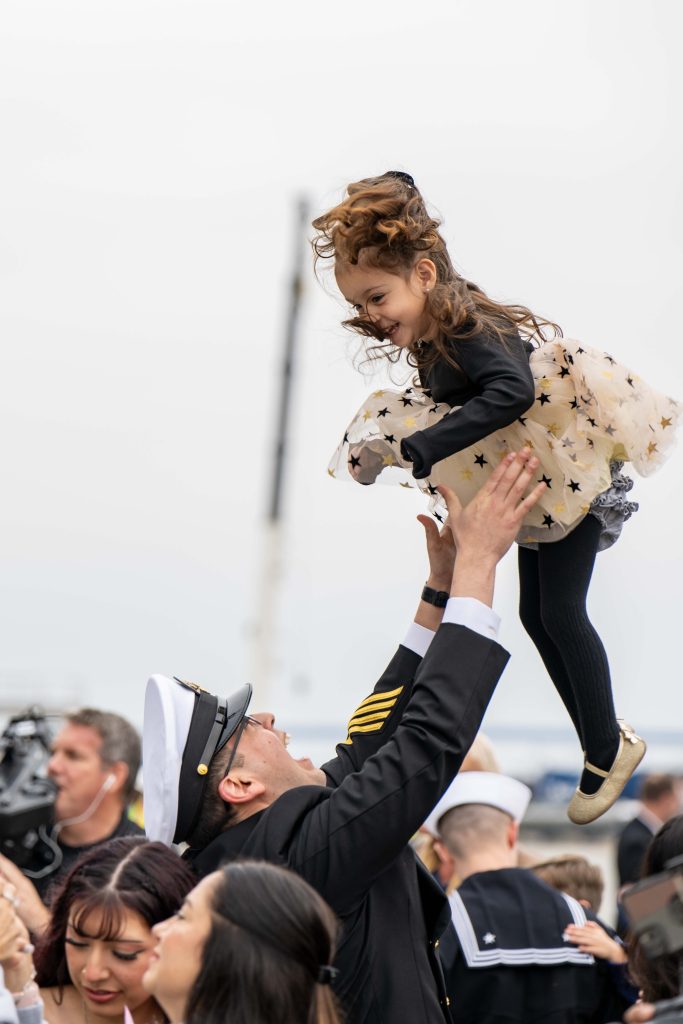

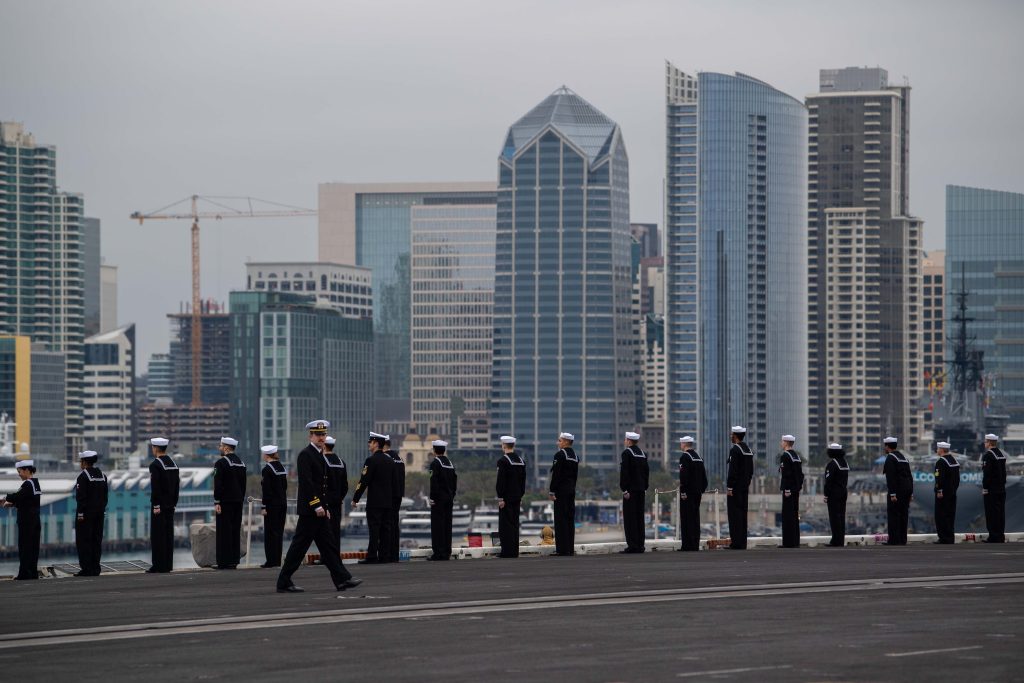
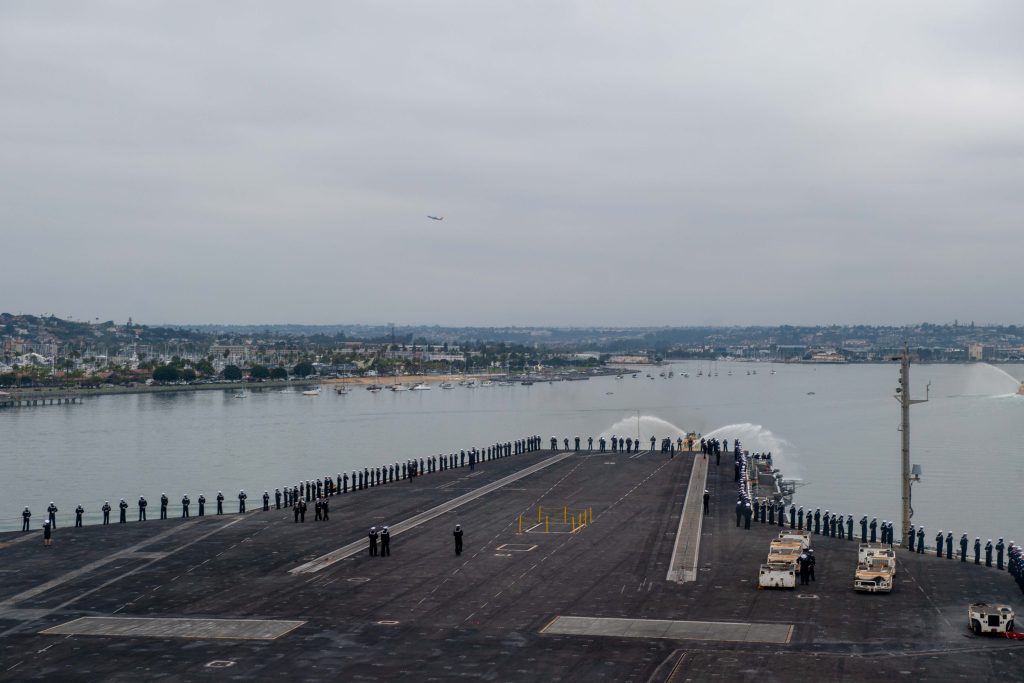
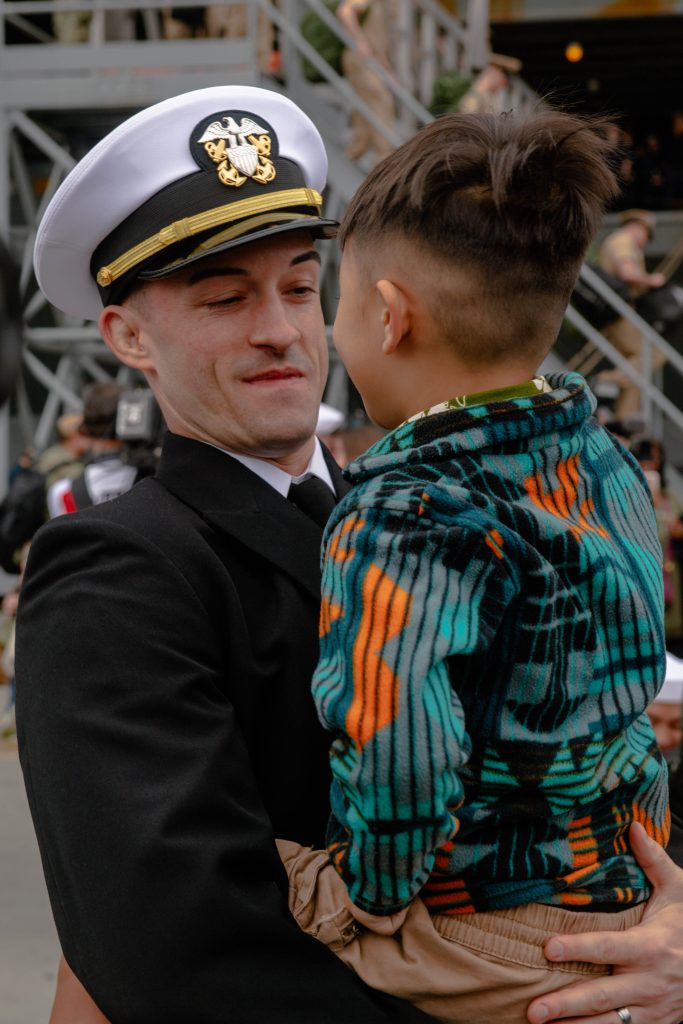
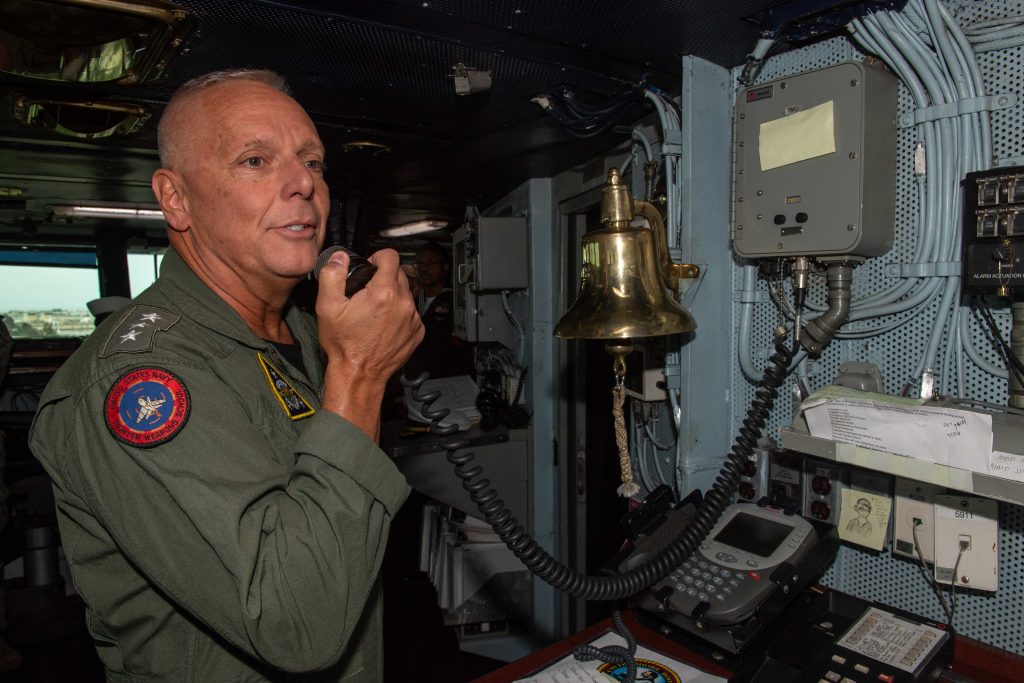
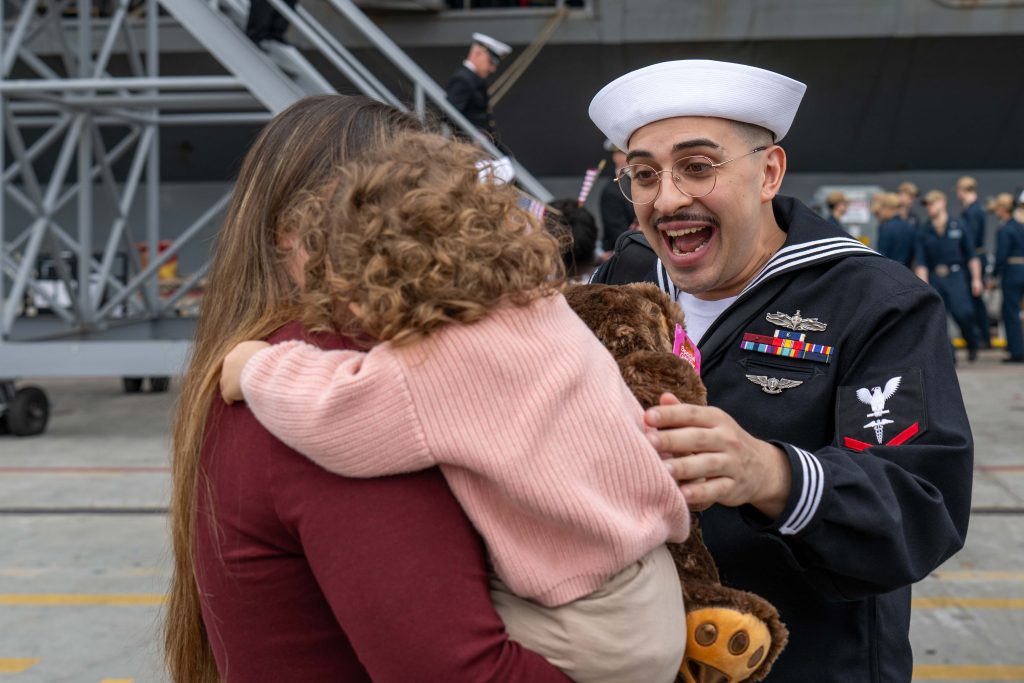


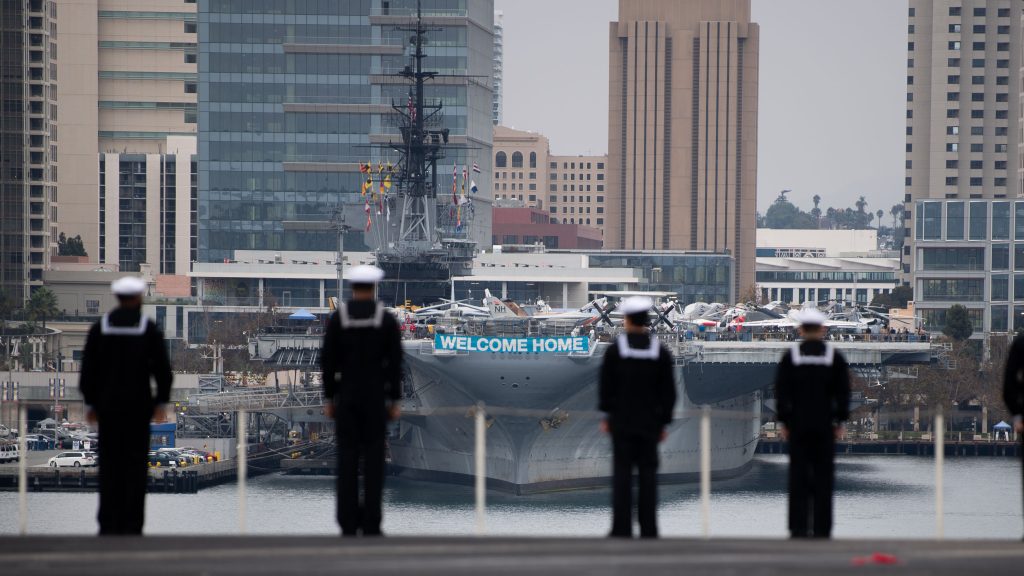





I was on that 2024 Cruise/Deployment and a very good friend of mine was part of that command told me that their Chief have been going to the Chaplin to seek for help. He talked to several of his colleagues…and was one of the good chiefs. Tyically a command have less than a handful of chiefs that are actually good and loved by other sailors. To be honest with you, most Chaplins don’t do anything. They tell you their bullshit spiel to make it sound like they listen. Majority of sailors who are having personal issues don’t seek help and typically talk to our peers for help. But on deployment, it’s entirely different because everyone is more worried about themselves. I heard this happen just a day before we got back to San Diego. A day before we got home….We got extended maybe a total or 4-5 times? And for what? Politics….I’m truly sorry for your loss and prayers to you and your family.
Sorry to say my son died on that ship October 14 2024. There is no mention of that in this article the Navy making this sound glorious it isn’t when your son hangs himself. On the ship his rank was E7 and after he died they promoted him to E-8. He should have received that rank when he was alive he had 18 year and 7 months in the Navy. I’m holding the Navy responsible for his death.
I’m very sorry for your loss. I knew your son in 2011 when we were stationed together at Travis AFB. He was an amazing sailor, colleague and human being. I agree with you wanting to hold the Navy responsible. This is unacceptable, especially because they were so close to being home, and he was a higher enlisted. Continue to hold the Navy and the leadership responsible, and never stop fighting. This should have never happened, and I am so sorry that it did. I know saying keeping you in my thoughts and prayers does absolutely nothing, so I will say, I will help you fight.
I’m very sorry for your loss. I knew your son in 2011 when we were stationed together at Travis AFB. He was an amazing sailor, colleague and human being. I agree with you wanting to hold the Navy responsible. This is unacceptable, especially because they were so close to being home, and he was a higher enlisted. Continue to hold the Navy and the leadership responsible, and never stop fighting. This should have never happened, and I am so sorry that it did. I know saying keeping you in my thoughts and prayers does absolutely nothing, so I will say, I will help you fight. In
To all the anonymous sailors out there if you could get in touch with me I would keep you anonymous and tell me what went on with my son on the last days of his life I’d really appreciate your help to make me understand why he chose that path.
I can be reached through my email [email protected].